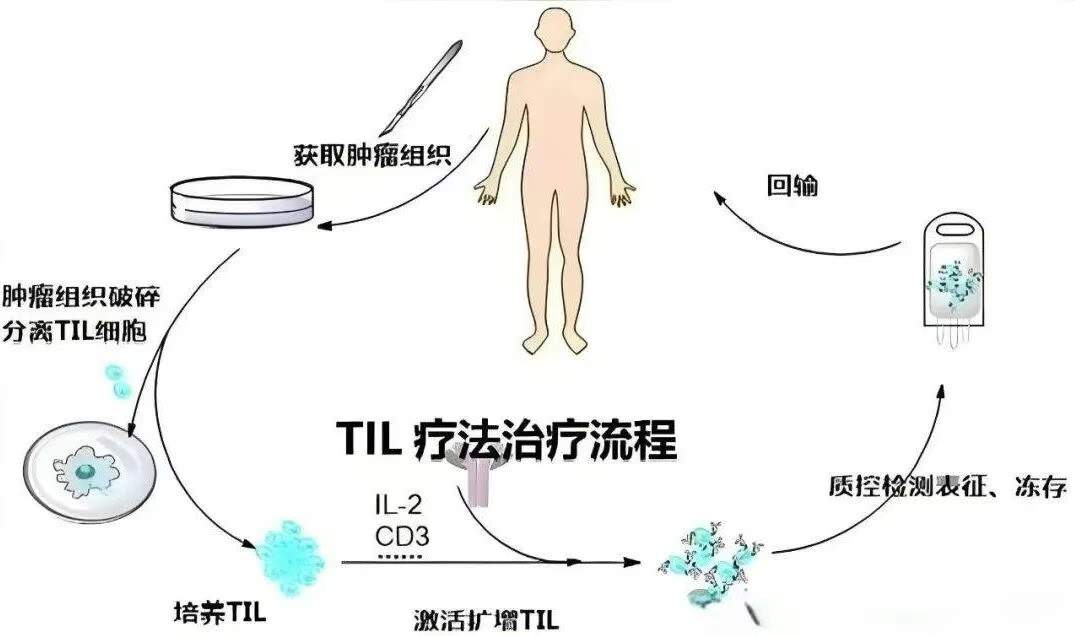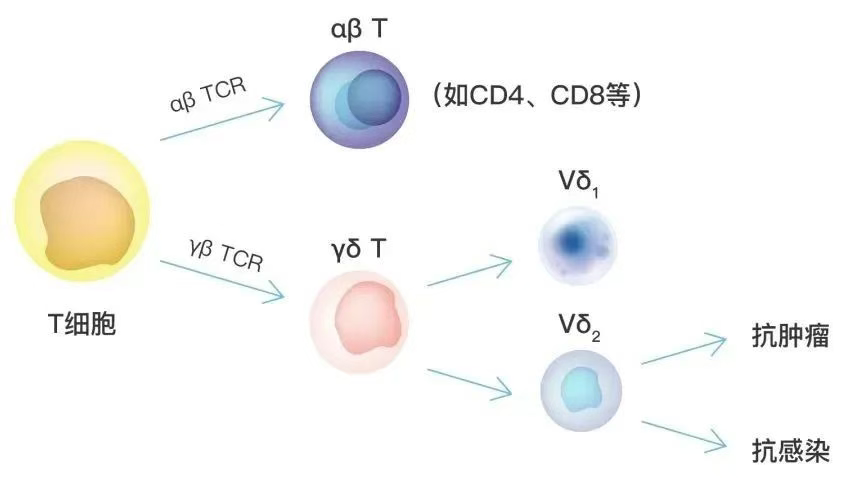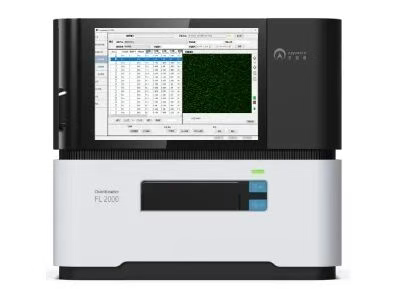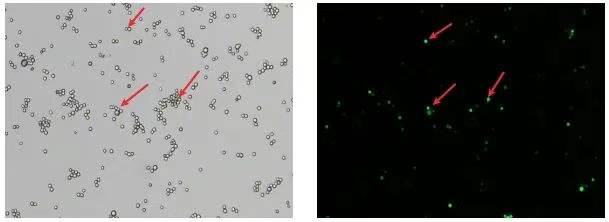High-Throughput Cell Counter: Reducing Costs and Boosting Efficiency to Accelerate Immunotherapy Commercialization
If you’re facing the task of counting dozens or even hundreds of cell samples every day, we invite you to apply for a demo trial of the FL2000 Cell Counter.
TIL (Tumor-Infiltrating Lymphocyte) therapy, also known as tumor-infiltrating lymphocyte therapy, generally follows this process: immune-active cells are isolated from the patient’s tumor tissue, expanded and functionally characterized in vitro, and then reinfused into the patient. The vast majority of TILs are capable of targeting multiple tumor antigens (with each TIL infusion averaging about 14,000 TCRs), thereby overcoming the challenge of tumor heterogeneity. TILs specifically recognize tumor antigens rather than normal tissue, which gives this therapy an exceptionally high safety profile.

γδ T cells are a unique subset of T cells that not only share the immune functions of conventional αβ T cells but also have the ability to recognize and kill tumor cells without relying on the presentation of major histocompatibility complex (MHC) molecules. This gives them a distinct advantage in combating tumor immune evasion.
Qinghui Lianuo recently announced that its independently developed QH104A, the world’s first allogeneic “off-the-shelf” CAR-γδ T-cell injection targeting B7H3, has received IND approval from the U.S. FDA and has officially entered the review process of the CDE under China’s NMPA. This innovative therapy aims to bring new treatment hope to patients with recurrent or progressive high-grade glioma.

Whether it’s TIL or γδ T-cell therapy, their research and application face numerous challenges. One of the key issues is the precise assessment of cell quantity and quality, as both approaches require addressing the problem of cell numbers: by optimizing and fine-tuning cytokines (such as IL-2, IL-15, IL-21), it is possible to expand tens of billions or even hundreds of billions of cells within a few weeks, thereby maximizing expansion efficiency.
A “one-size-fits-all” cytokine formulation may not yield the best results in every situation. The optimal concentrations and ratios of different cytokine combinations can produce synergistic effects greater than the sum of their parts (e.g., IL-2 + IL-15), but they can also counteract one another. Moreover, the same cytokine can exert different effects at different concentrations or at various stages of culture, making the timing of its addition (such as IL-21) equally critical.
During the optimization of these cell culture processes, researchers often face the heavy workload of counting dozens or even hundreds of cell samples daily. This makes a high-throughput automated cell counter particularly important.
Applitech offers the Countleader FL 2000, a fully automated high-throughput cell counter that uses the AOPI dual-fluorescence method. It can count 24 samples in just 17 minutes, enabling precise assessment of T-cell quantity and viability and supporting the optimization of immunotherapy manufacturing processes. Each sample costs only one-quarter of that of imported equipment, delivering true cost reduction and efficiency improvement.

Compatible with pre-embedded AO/PI dye 24-channel high-throughput consumables:
Patented microfluidic-channel consumables require only 40 μL of cell sample per well and eliminate the need for manual staining, reducing errors from manual handling and improving cell-counting accuracy. Results for 24 samples can be obtained in just 17 minutes, accelerating the exploration and optimization of manufacturing processes.

Built-in immune cell–specific analysis method:
Precisely segments immune cells. The consumables are preloaded with AO/PI dual-fluorescence dyes for automatic staining of immune cells, ensuring results are unaffected by red blood cells, platelets, magnetic beads, reagents, or human error.
Partial field magnification images: A. AO/PI dual-fluorescence image B. Bright-field image C. Algorithm-recognized image
In addition, the Countleader FL 2000 offers a range of advanced analytical functions, including GFP/RFP transfection efficiency, cell cycle analysis (PI), and apoptosis detection (Annexin V-PI). For example, when introducing specific genes to enhance T-cell targeting, reduce immune rejection, or improve in vivo persistence, the FL 2000 can rapidly assess transfection efficiency when these genes are co-expressed with fluorescent proteins such as GFP or RFP.

Partial field illustration of GFP transfection efficiency detection:1. Bright-field image (total cells) 2.Green fluorescence image (positive cells)
If you are facing high daily sample volumes, heavy counting tasks, and high consumable costs, we invite you to scan the QR code to apply for a demo trial of the Countleader FL 2000.












